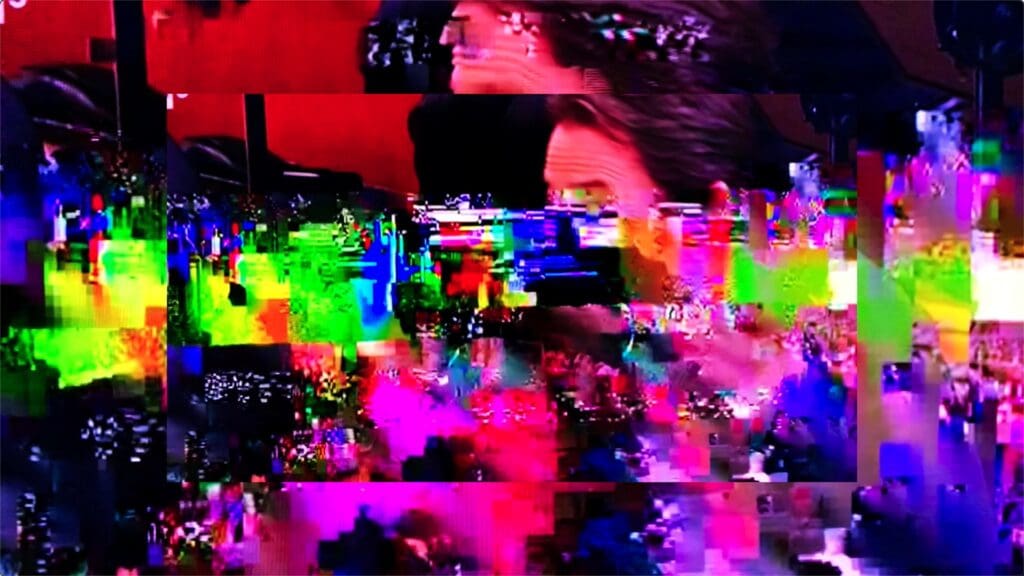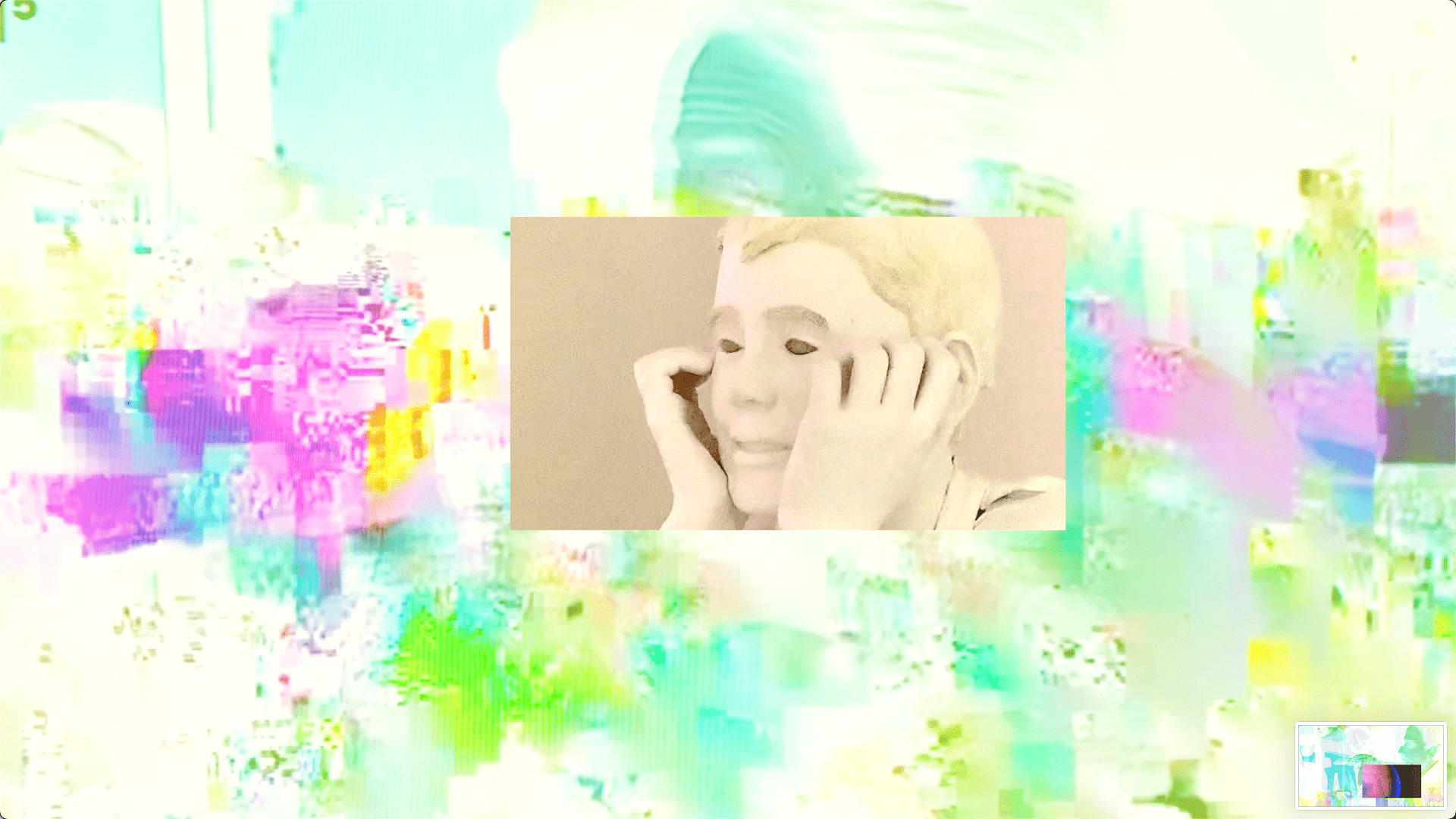An Experimental Film About Television & the Quick Prize of Midnight Plasticity
Artist’s Memo
Ever since I can remember, I’ve awoken at the same time each night. Instead of a nightlight, I kept a small television in my room. The bargain with my parents was that I would set the sleep timer so it would turn off automatically. I never did though. I liked it in the background keeping me company.
You never knew what would broadcast in the middle of the night. Perhaps a sitcom, an infomercial, a scary movie. Yet, it didn’t matter what was on. Instead of watching the TV, I’d lie there thinking clearly and creatively and hope to remember the best ideas by morning. These ideas had to be remembered because as soon as I tried to record them, they vanished.
The poem driving this experimental film was read by writer and performer Amelia Brown (IG: @amelialbrown). It was written with polysomnography in mind, or the study of sleep. Specifically, I considered the insomniacs who wake at the same time each night in rhythm. The visuals reinterpret late-night television and its relationship with the simple, sometimes disconcerting thoughts that come between sleep and consciousness. Ideas that can’t be recorded because movement chases them away.
“I attempted to portray this relationship between screen and sleep in a dreamlike fashion. The screen in the film carries an analogue feel while randomly accessed memories arrive at tempos of their own.”
As I grew, I ditched the television. But by then, different screens illuminated the dark. They were smaller and less passive. Waking moments slowly filled with less creative and abstract thought and more with adult worry. It became difficult to find the clarity that had come easily before. The cultural issues addressed in my piece are explored in the visuals of the film. Screens waiting for us in the dark, as well as the light. They rob us of rumination that comes with some of the only quiet and boredom we get—night. I attempted to portray this relationship between screen and sleep in a dreamlike fashion. The screen in the film carries an analogue feel while randomly accessed memories arrive at tempos of their own.
Like the visuals, the musical composition interjects itself. It begins with a syncopated synthesizer and resolves on the correct downbeats by the end of each progression.
All digital components intend to behave with minds of their own. Yet, they retain familiar human qualities; qualities like waking up at just about the same time each night.

Credits
Featured images by Devin Welch
Learn More
New to autoethnography? Firstly, please visit What Is Autoethnography? How Can I Learn More? to learn about autoethnographic writing and expressive arts. Interested in contributing? Secondly, view our editorial board’s What Do Editors Look for When Reviewing Evocative Autoethnographic Work?. Accordingly, check out our Submissions page. View Our Team in order to learn about our editorial board. Please see our Work with Us page to learn about volunteering at The AutoEthnographer. Lastly, do visit Scholarships to learn about our annual student scholarship competition.
Devin Welch is a Coloradan writer. He currently lives in London where he recently completed an MFA in Creative Writing. His prose, poetry, and film have been featured in publications across North America and Europe.










